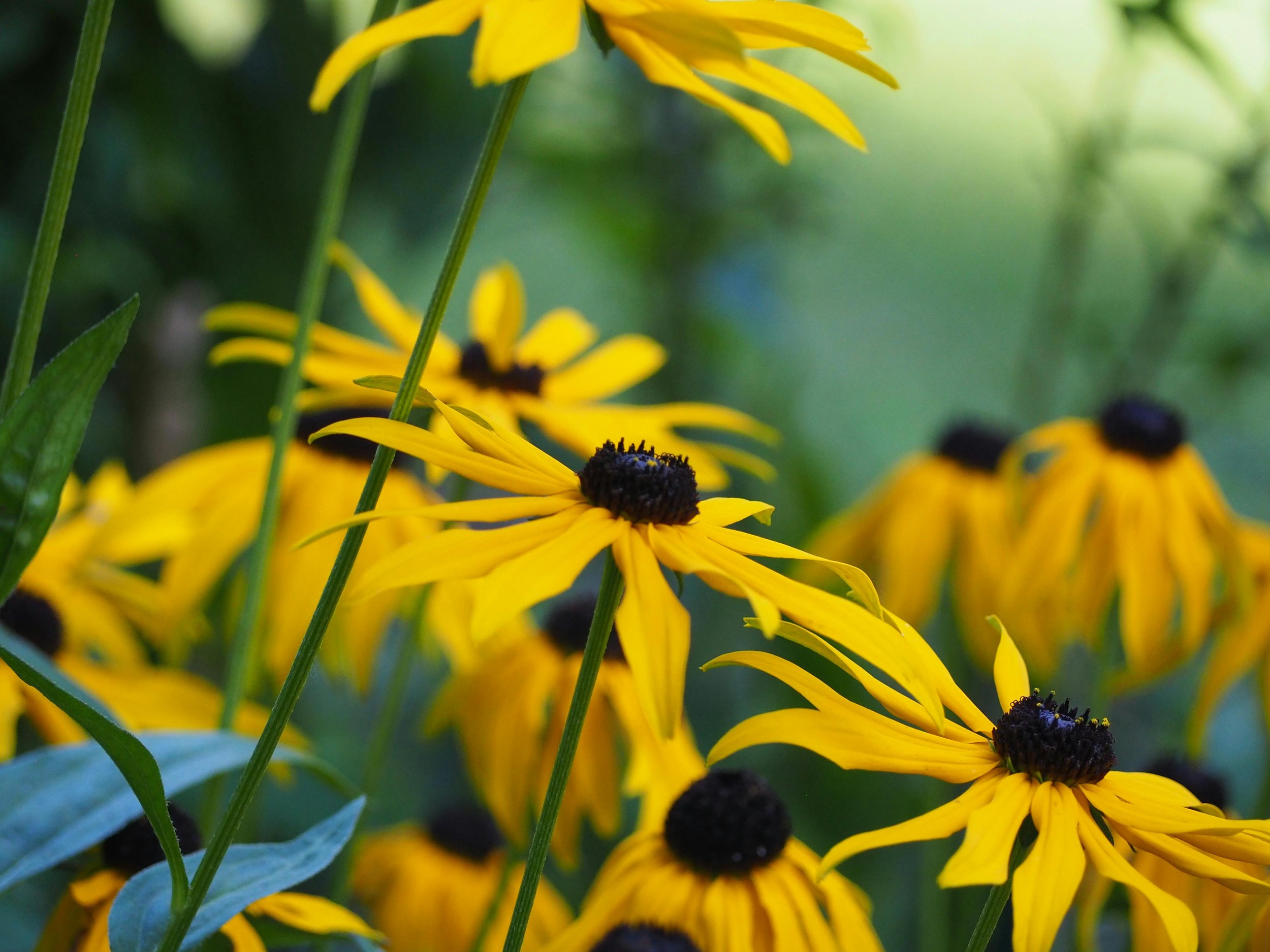Baldwin's Ironweed - Vernonia baldwinii
Vernonia baldwinii, or Baldwin's Ironweed, presents a robust, upright form with rough, lance-shaped leaves and clusters of vibrant, deep purple, thistle-like flowers. Its sturdy structure and rich color create a bold visual impact. Historically, preparations from this plant were used in various traditional practices for health-related applications, though modern scientific confirmation is limited. In gardens and prairie restorations, it acts as a strong vertical accent, adding a striking late-season burst of color. Its robust nature makes it ideal for creating structural elements in naturalized plantings and providing a dramatic focal point, especially when massed in drifts. It thrives in open areas, adding valuable late-season pollinator support.
Sun Exposure: Full
Soil Moisture: Medium-Dry, Dry
Bloom time: Late Summer, Early Fall
Height: 3-5ft
Wetland Status: UPL
Host Plant: Several moths, including some members of the Cucullia genus.
Vernonia baldwinii, or Baldwin's Ironweed, presents a robust, upright form with rough, lance-shaped leaves and clusters of vibrant, deep purple, thistle-like flowers. Its sturdy structure and rich color create a bold visual impact. Historically, preparations from this plant were used in various traditional practices for health-related applications, though modern scientific confirmation is limited. In gardens and prairie restorations, it acts as a strong vertical accent, adding a striking late-season burst of color. Its robust nature makes it ideal for creating structural elements in naturalized plantings and providing a dramatic focal point, especially when massed in drifts. It thrives in open areas, adding valuable late-season pollinator support.
Sun Exposure: Full
Soil Moisture: Medium-Dry, Dry
Bloom time: Late Summer, Early Fall
Height: 3-5ft
Wetland Status: UPL
Host Plant: Several moths, including some members of the Cucullia genus.
Vernonia baldwinii, or Baldwin's Ironweed, presents a robust, upright form with rough, lance-shaped leaves and clusters of vibrant, deep purple, thistle-like flowers. Its sturdy structure and rich color create a bold visual impact. Historically, preparations from this plant were used in various traditional practices for health-related applications, though modern scientific confirmation is limited. In gardens and prairie restorations, it acts as a strong vertical accent, adding a striking late-season burst of color. Its robust nature makes it ideal for creating structural elements in naturalized plantings and providing a dramatic focal point, especially when massed in drifts. It thrives in open areas, adding valuable late-season pollinator support.
Sun Exposure: Full
Soil Moisture: Medium-Dry, Dry
Bloom time: Late Summer, Early Fall
Height: 3-5ft
Wetland Status: UPL
Host Plant: Several moths, including some members of the Cucullia genus.















